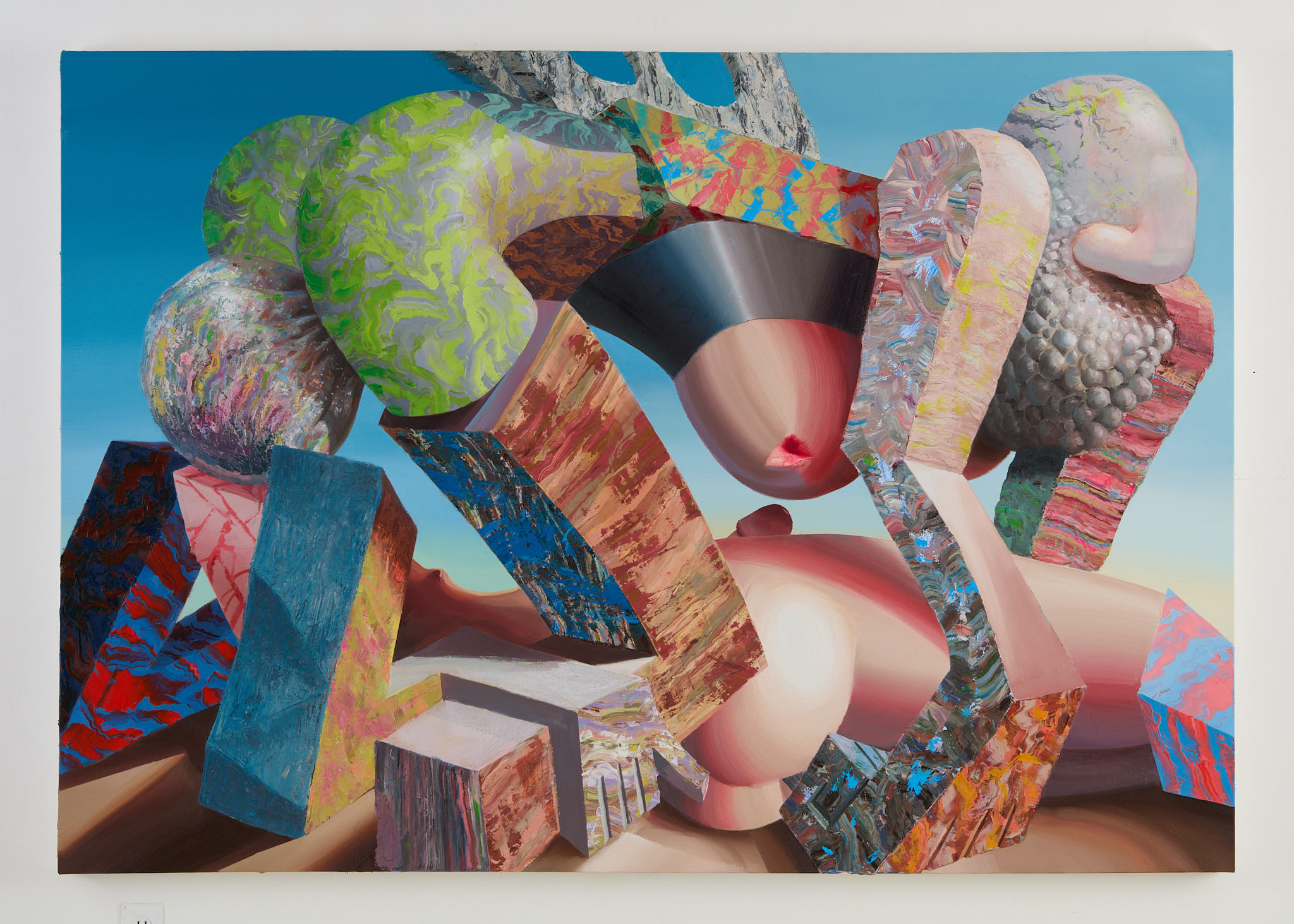The high-end market, characterized by luxury goods and services, caters to a niche segment of consumers whose behaviors and preferences significantly differ from the general consumer base. Understanding what drives luxury consumer behavior is crucial for brands aiming to capture and retain this affluent audience.
This article analyzes the key factors that motivate luxury consumers to purchase high-end products, shedding light on their unique preferences and purchasing patterns.
What Defines Wealth?
Wealth is often measured by an individual’s or family’s net worth, which is the total value of their assets minus liabilities. However, beyond financial metrics, wealth encompasses a broader spectrum of factors including financial security, access to opportunities, quality of life, and the ability to afford luxuries and experiences that enhance one’s lifestyle.
Financial Metrics: The traditional measure of wealth involves tangible assets such as real estate, investments, cash savings, and valuable possessions. High-net-worth individuals (HNWIs) and ultra-high-net-worth individuals (UHNWIs) are often categorized by their substantial financial holdings, typically exceeding $1 million and $30 million, respectively.
Quality of Life: Wealth also relates to an individual’s ability to enjoy a higher standard of living. This includes access to superior healthcare, education, and leisure activities. It allows for the acquisition of luxury goods and experiences that are beyond the reach of the average consumer.
Security and Opportunity: Wealth provides a safety net against financial uncertainties and enables individuals to pursue opportunities such as starting a business, investing in education, or traveling extensively. It also allows for philanthropic endeavors, contributing to social causes, and making a positive impact on society.
Who is the Luxury Shopper?
The luxury shopper is typically an affluent individual who values quality, exclusivity, and exceptional experiences. They are often categorized into different segments based on their purchasing behavior, lifestyle, and motivations for buying luxury goods.
Affluent Consumers: This group includes HNWIs and UHNWIs who have substantial disposable income. They seek out high-end brands and products that reflect their status and personal tastes. They are willing to pay a premium for superior quality, craftsmanship, and exclusivity.
Aspiring Affluents: These are consumers who may not yet have the financial means of HNWIs but aspire to own luxury goods. They often save and plan meticulously to make occasional luxury purchases, valuing the prestige and satisfaction these items bring.
Experiential Shoppers: Modern luxury consumers increasingly prioritize experiences over material possessions. This segment values unique, personalized, and memorable experiences such as luxury travel, fine dining, and bespoke services. They seek brands that offer more than just products but also exclusive experiences that align with their lifestyle.
Digital Natives: Younger luxury consumers, often Millennials and Gen Z, engage with luxury brands through digital platforms. They value authenticity, transparency, and sustainability. Social media influencers and digital marketing play significant roles in their purchasing decisions, as they rely heavily on online reviews and peer recommendations.
Cultural Connoisseurs: This segment includes consumers who appreciate the cultural significance and heritage of luxury brands. They are drawn to products that have a rich history, exceptional craftsmanship, and unique stories. These shoppers are often collectors who value the artistic and cultural aspects of luxury goods.
In essence, the luxury shopper is diverse, spanning various age groups, income levels, and cultural backgrounds. What unites them is a shared appreciation for the finer things in life, a desire for exclusivity, and a willingness to invest in quality and unique experiences.
Understanding these nuanced consumer behaviors helps luxury brands tailor their marketing strategies to effectively engage and satisfy their affluent clientele.
1. Status and Prestige
One of the primary motivations for purchasing luxury goods is the desire for status and prestige. Luxury items often serve as symbols of success and social status, allowing consumers to showcase their wealth and taste. The exclusivity and high price tags associated with luxury brands make them desirable for those looking to elevate their social standing.
Example: Owning a Hermès Birkin bag or a Rolex watch is not just about the functionality of the product but also about the status it confers upon the owner.
2. Quality and Craftsmanship
Luxury consumers place a high value on the quality and craftsmanship of the products they purchase. These consumers are willing to pay a premium for items that are meticulously crafted, durable, and made from the finest materials. The superior quality of luxury goods ensures longevity and often includes a heritage of artisanal skills and traditions.
Example: Brands like Chanel and Louis Vuitton are renowned for their exceptional craftsmanship and use of high-quality materials, which justify their high prices.
3. Exclusivity and Rarity
Exclusivity and rarity are significant drivers of luxury consumer behavior. Limited edition products and those that are not widely available create a sense of scarcity and exclusivity, making them more desirable. Luxury brands often leverage this by releasing limited quantities of their products, ensuring that only a select few can own them.
Example: Limited edition collections from brands like Supreme or exclusive releases from luxury car manufacturers like Ferrari create a high demand due to their limited availability.
4. Personal Expression and Identity
For many luxury consumers, purchasing high-end products is a form of personal expression and a way to reflect their identity. Luxury items often embody specific values, aesthetics, and lifestyles that resonate with consumers on a personal level. By choosing certain luxury brands, consumers align themselves with the brand’s image and values.
Example: A consumer who values sustainability and ethical production might be drawn to brands like Stella McCartney, which emphasize eco-friendly practices.
5. Experiential Purchases
Modern luxury consumers are increasingly valuing experiences over material possessions. The concept of luxury has expanded to include not just tangible goods but also exceptional experiences. This shift has led to a rise in demand for luxury travel, gourmet dining, and exclusive events.
Example: Luxury travel experiences, such as staying at a private island resort or enjoying a personalized culinary journey, offer memorable experiences that cater to the affluent consumer’s desire for uniqueness and adventure.
6. Brand Heritage and Storytelling
The heritage and storytelling behind a luxury brand play a crucial role in attracting consumers. Luxury brands with a rich history and compelling narrative can create an emotional connection with consumers. This connection is further strengthened by the brand’s ability to communicate its legacy and craftsmanship effectively.
Example: Brands like Rolls-Royce and Patek Philippe emphasize their long-standing heritage and the stories behind their iconic products, which appeal to consumers who appreciate tradition and legacy.
7. Self-Indulgence and Reward
Purchasing luxury goods is often a form of self-indulgence and reward. Affluent consumers may buy high-end products as a way to treat themselves or celebrate significant achievements. This behavior is driven by the desire for personal satisfaction and the pleasure derived from owning something exquisite.
Example: A professional might purchase a luxury car or a designer watch to celebrate a career milestone or a significant personal achievement.
Luxury consumer behavior is driven by a complex interplay of factors, including the desire for status, quality, exclusivity, personal expression, and unique experiences. Understanding these motivations helps luxury brands tailor their strategies to meet the needs and preferences of their affluent clientele.
By focusing on these key drivers, brands can enhance their appeal and strengthen their position in the high-end market.


